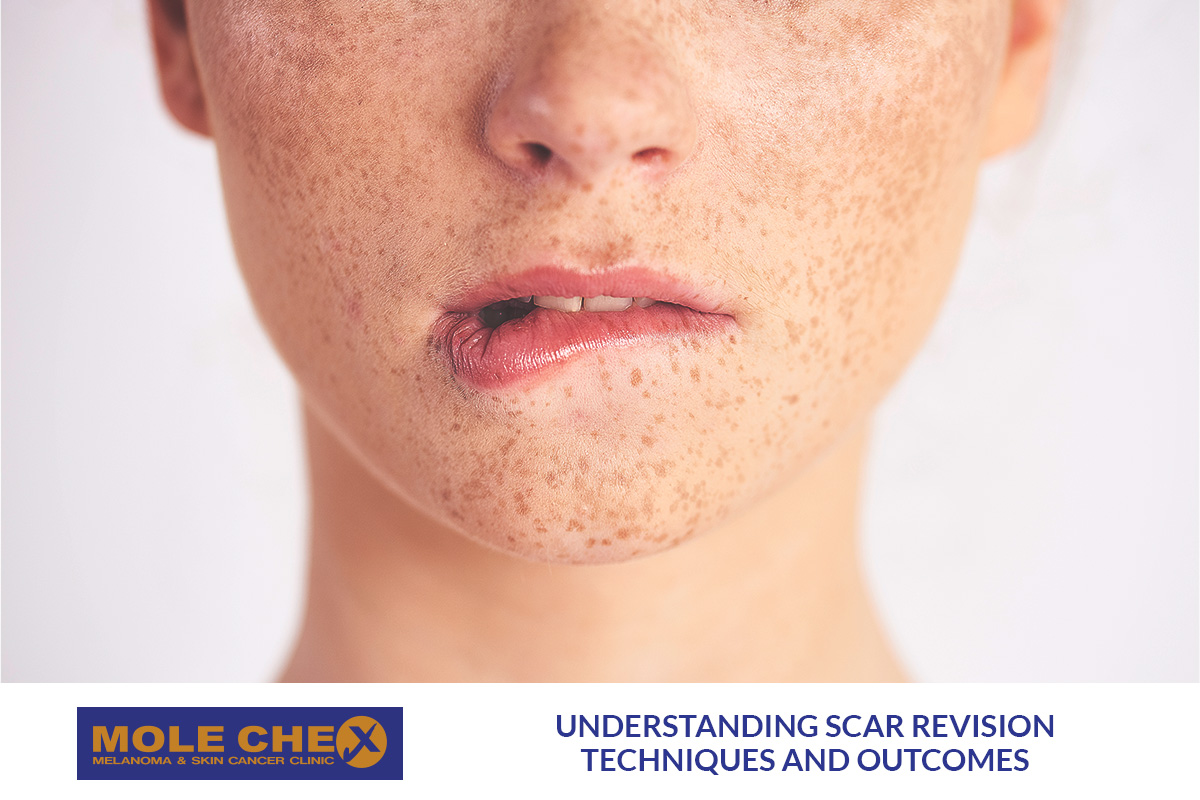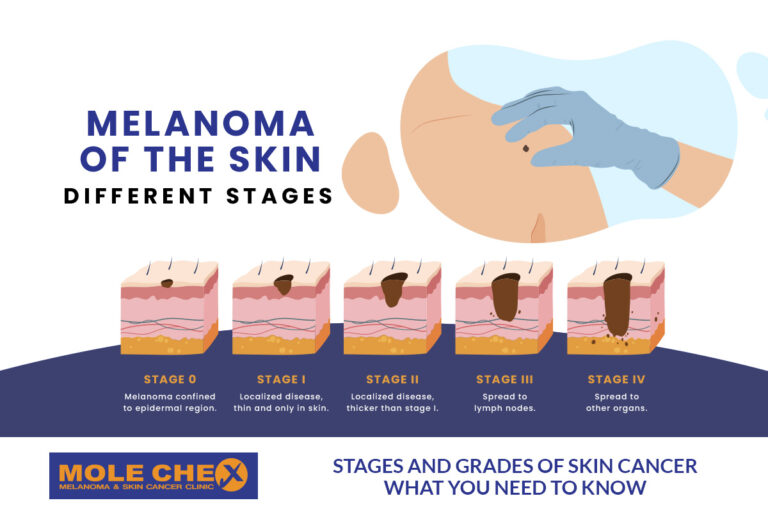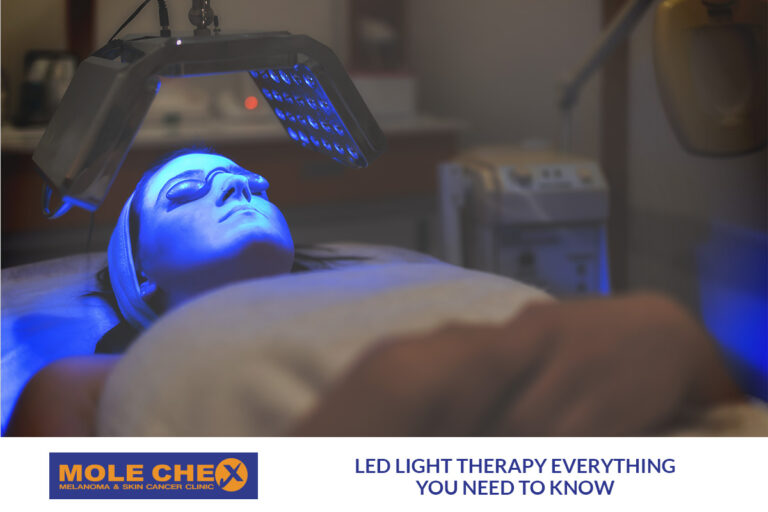Understanding Scar Revision: Techniques and Outcomes

Although scars are a normal aspect of healing, they can occasionally be uncomfortable, upsetting emotionally, and have an impact on how you look. The goal of scar revision is to improve the appearance of scars, make them less apparent, and give patients their confidence back. This post will discuss the many scar revision methods, their results, and how you can use them to get skin that is smoother and more even.
What We Will Discuss
In this article, we will cover:
- The basics of scar formation
- Different types of scars
- Common scar revision techniques
- Expected outcomes and recovery
- Tips for optimal scar healing
The Basics of Scar Formation
Scars develop as a result of the skin’s natural healing response to wounds from illness, injury, or surgery. The body creates collagen fibres to seal wounds caused by skin injury, but this process leaves a scar behind. The size, depth, and position of the incision on the body, as well as the person’s age, skin type, and heredity, can all affect how a scar appears.
Different Types of Scars
Understanding the type of scar you have is crucial for determining the most effective revision technique. Common types of scars include:
- Hypertrophic Scars
Hypertrophic scars are raised, red scars that remain within the boundaries of the original wound. They often improve over time but can benefit from revision treatments to enhance their appearance. - Keloid Scars
Keloid scars extend beyond the original wound boundaries and can continue to grow over time. They are often raised, thick, and can be itchy or painful. Keloid scars are more common in people with darker skin tones. - Atrophic Scars
Atrophic scars are sunken or depressed scars that result from the loss of underlying tissue. Common examples include acne scars and scars from chickenpox. - Contracture Scars
Contracture scars occur when the skin tightens and contracts during the healing process, often affecting the underlying muscles and tendons. They are common after burns and can restrict movement.
Common Scar Revision Techniques
Several techniques can be used to revise scars, each tailored to the specific type and severity of the scar. Here are some of the most common scar revision methods:
- Surgical Scar Revision
Surgical scar revision involves removing the scar tissue and re-closing the wound with fine sutures to create a less noticeable scar. This technique is often used for large, deep, or complex scars. - Laser Therapy
Laser therapy uses focused light beams to reduce redness, flatten raised scars, and improve skin texture. Different types of lasers, such as ablative and non-ablative lasers, are used depending on the scar type. - Dermal Fillers
Dermal fillers can be injected into atrophic scars to raise the depressed areas to the level of the surrounding skin. This treatment provides immediate results but may require repeat sessions for maintenance. - Steroid Injections
Steroid injections can help flatten and soften hypertrophic and keloid scars. These injections reduce inflammation and inhibit collagen production, leading to a more even skin surface. - Microneedling
Microneedling involves using a device with fine needles to create tiny punctures in the skin. This stimulates collagen production and can improve the texture and appearance of atrophic scars. - Chemical Peels
Chemical peels involve applying a chemical solution to the skin, which exfoliates the top layers and promotes new skin growth. This can help improve the appearance of superficial scars. - Cryotherapy
Cryotherapy involves freezing scar tissue with liquid nitrogen to reduce its size. It is commonly used for keloid and hypertrophic scars.
Expected Outcomes and Recovery
The outcomes of scar revision procedures can vary based on the type and severity of the scar, the chosen treatment, and individual healing processes. While scar revision can significantly improve the appearance of scars, it is important to have realistic expectations. Complete removal of a scar is rarely possible, but treatments can make scars less noticeable and improve skin texture.
Recovery
Recovery times vary depending on the procedure. Surgical scar revision may require a few weeks for full recovery, while non-invasive treatments like laser therapy and microneedling have shorter downtime. It is crucial to follow your healthcare provider’s post-procedure care instructions to optimize healing and results.
Tips for Optimal Scar Healing
To enhance the results of scar revision and promote optimal healing, consider the following tips:
- Follow Care Instructions: Adhere to the post-procedure care instructions provided by your healthcare provider.
- Protect from Sun Exposure: Use sunscreen and avoid direct sun exposure to prevent hyperpigmentation of the scar.
- Stay Hydrated: Keep your skin hydrated by drinking plenty of water and using appropriate moisturizers.
- Avoid Picking or Scratching: Do not pick or scratch at the scar, as this can worsen its appearance.
- Use Silicone Sheets or Gels: Silicone sheets or gels can help flatten and soften scars.
Conclusion
Scar revision provides hope and a boost of confidence to individuals who wish to minimise the appearance of unwanted scars. One can achieve smoother or more even skin using several techniques specifically designed for different kinds of scars. Our skilled team of professionals at Molechex is committed to giving you cutting-edge scar revision procedures so you can feel and look your best.
Take a look at the advantages of scar correction now and start your journey to healthier, brighter skin! 🌟
Learn more by reading other articles :



